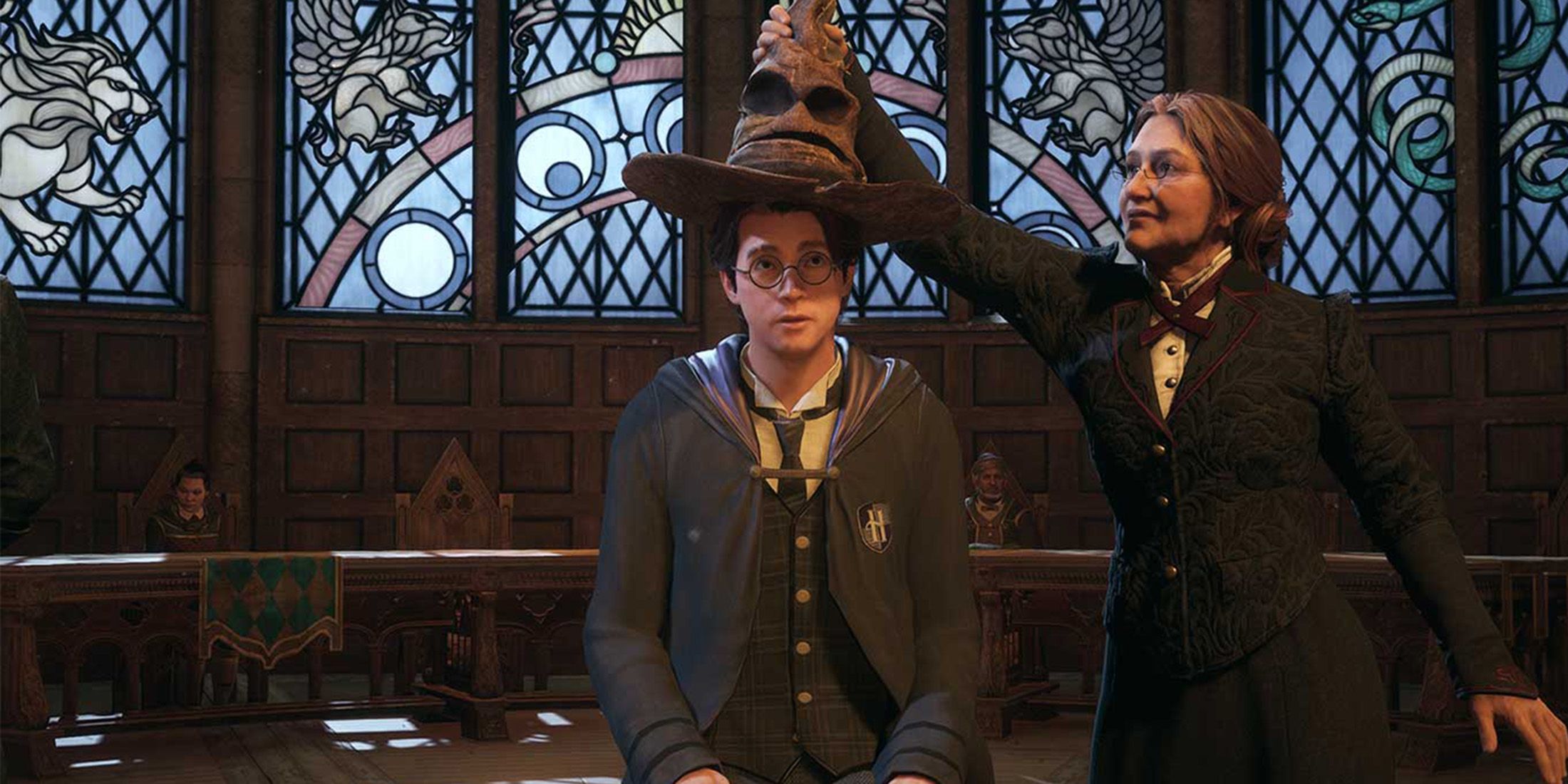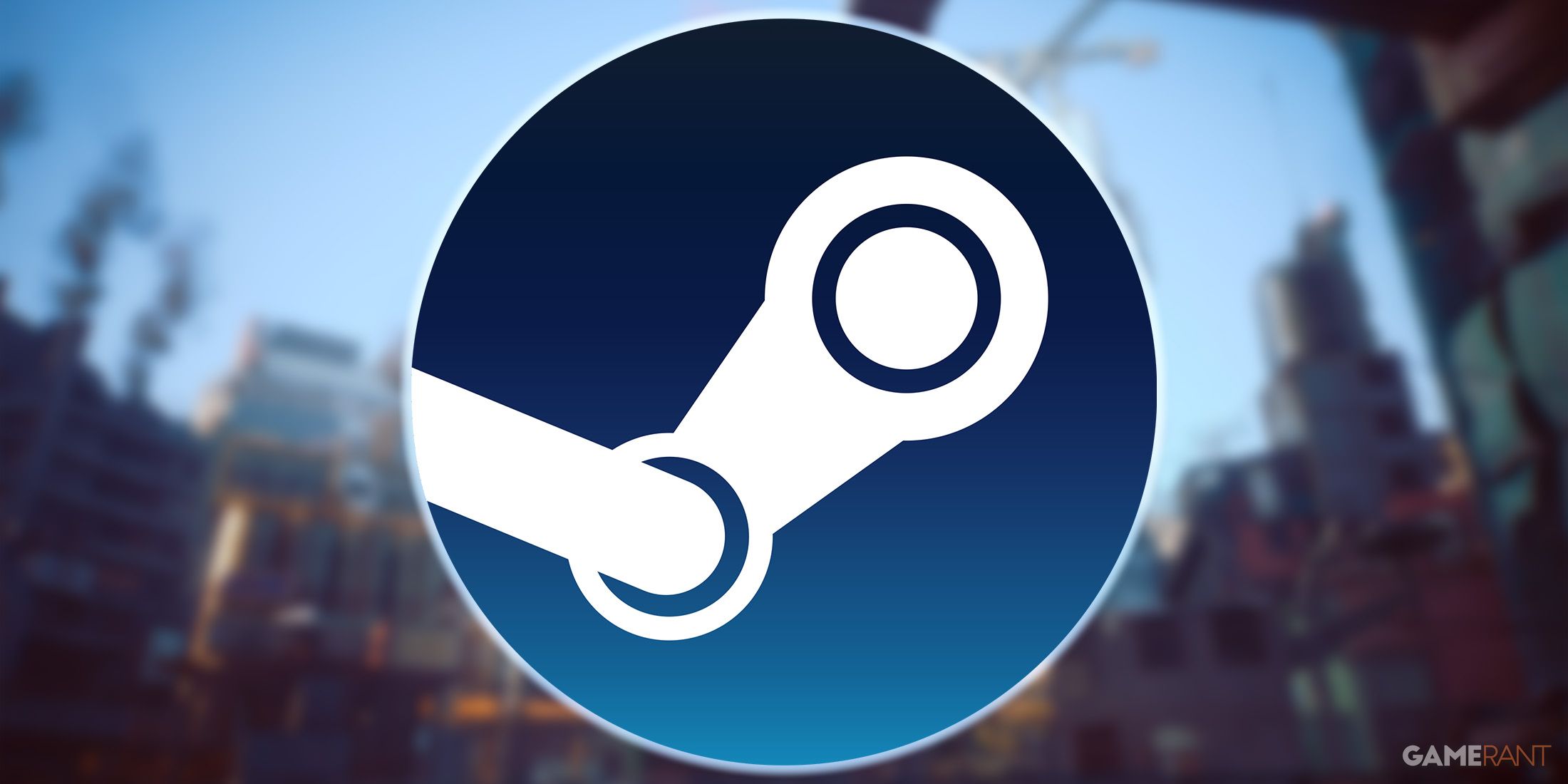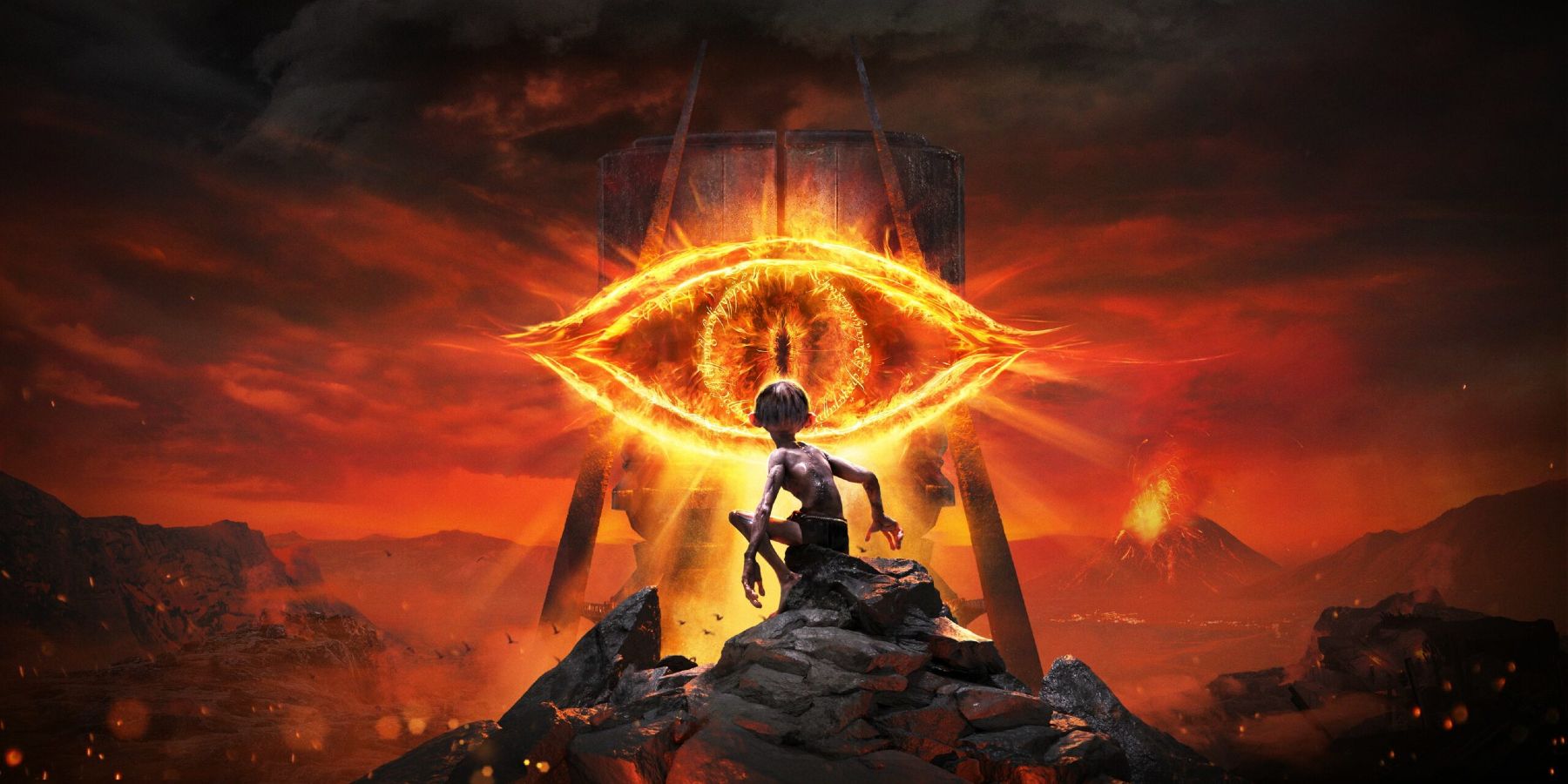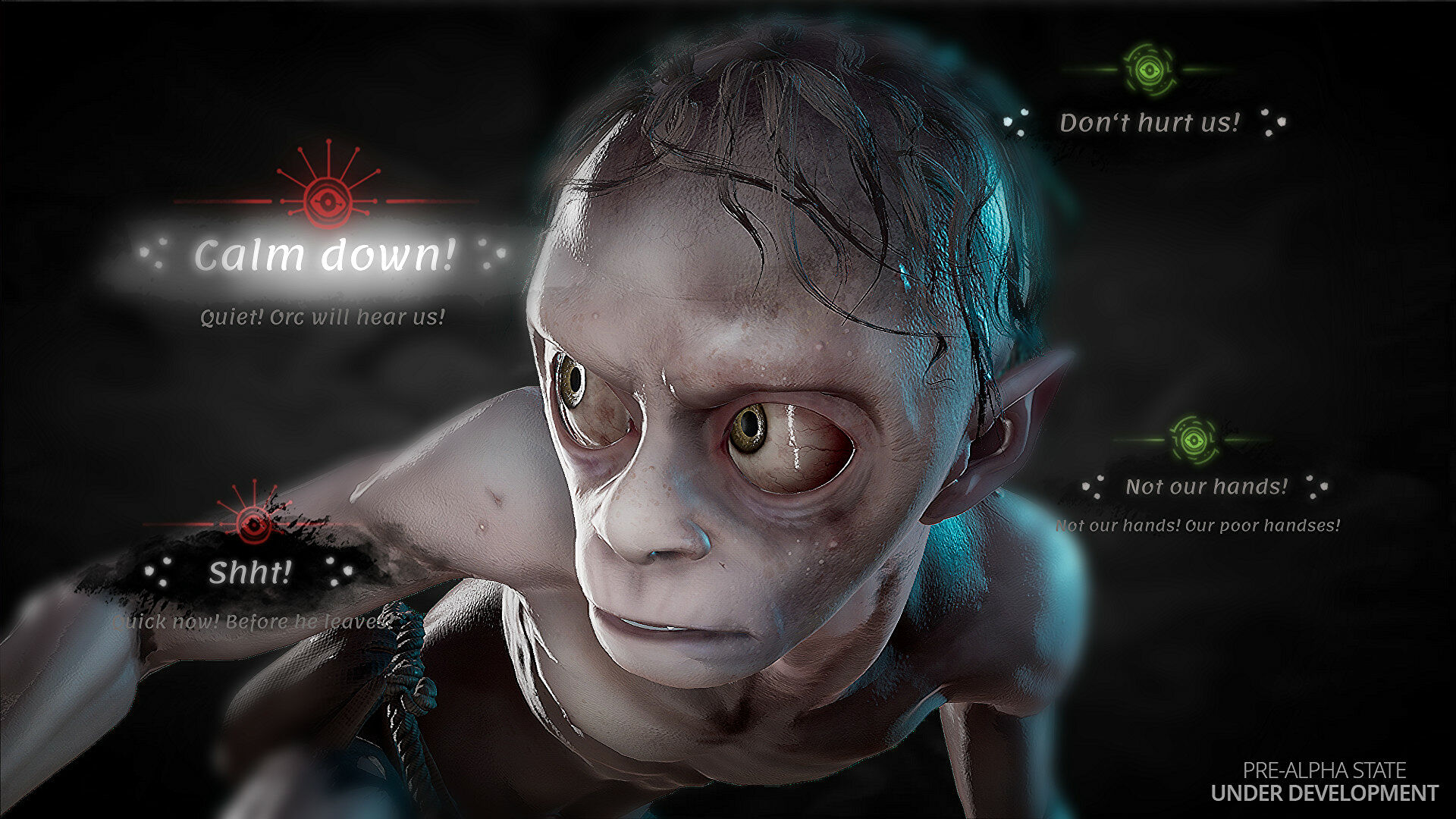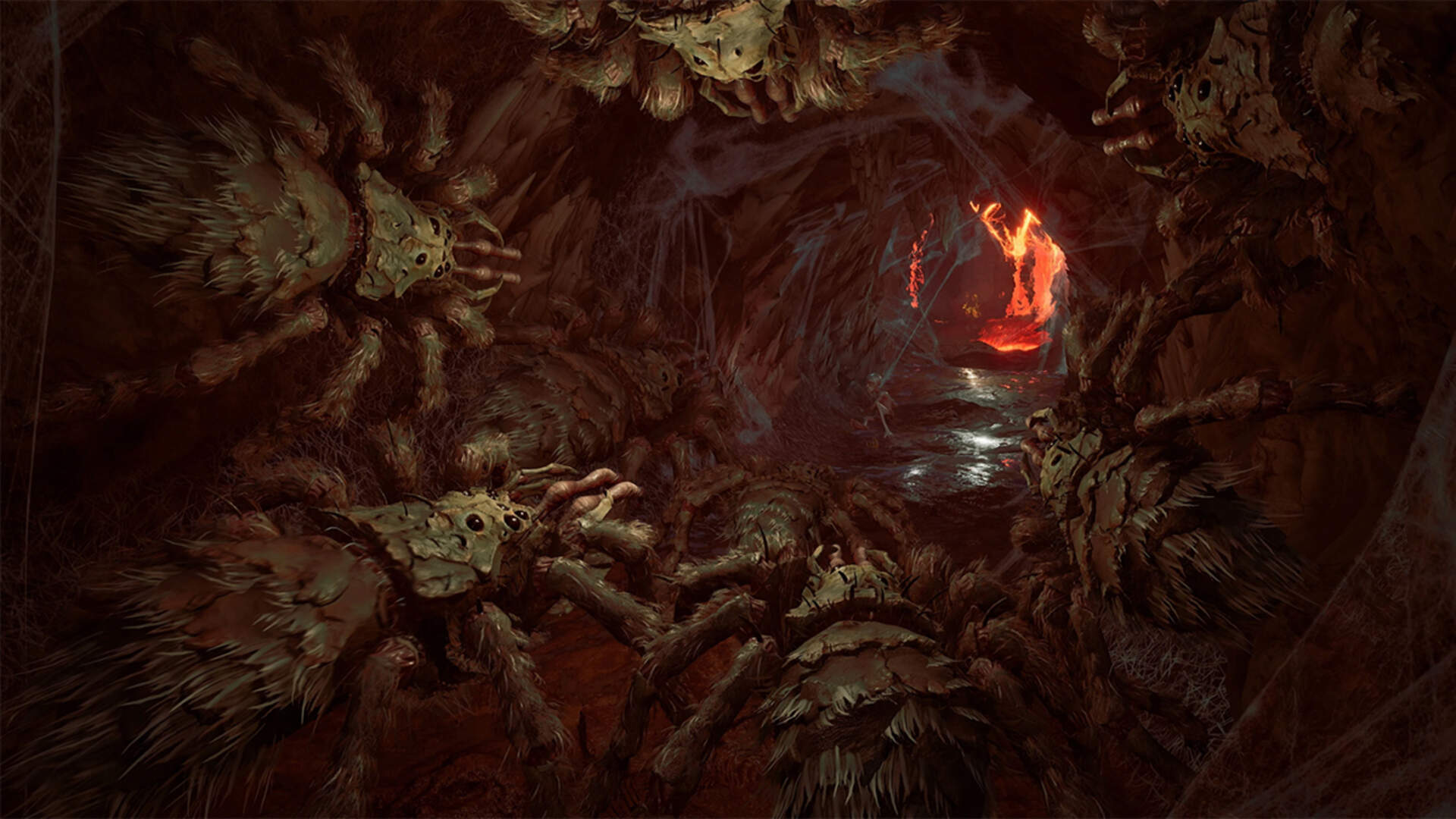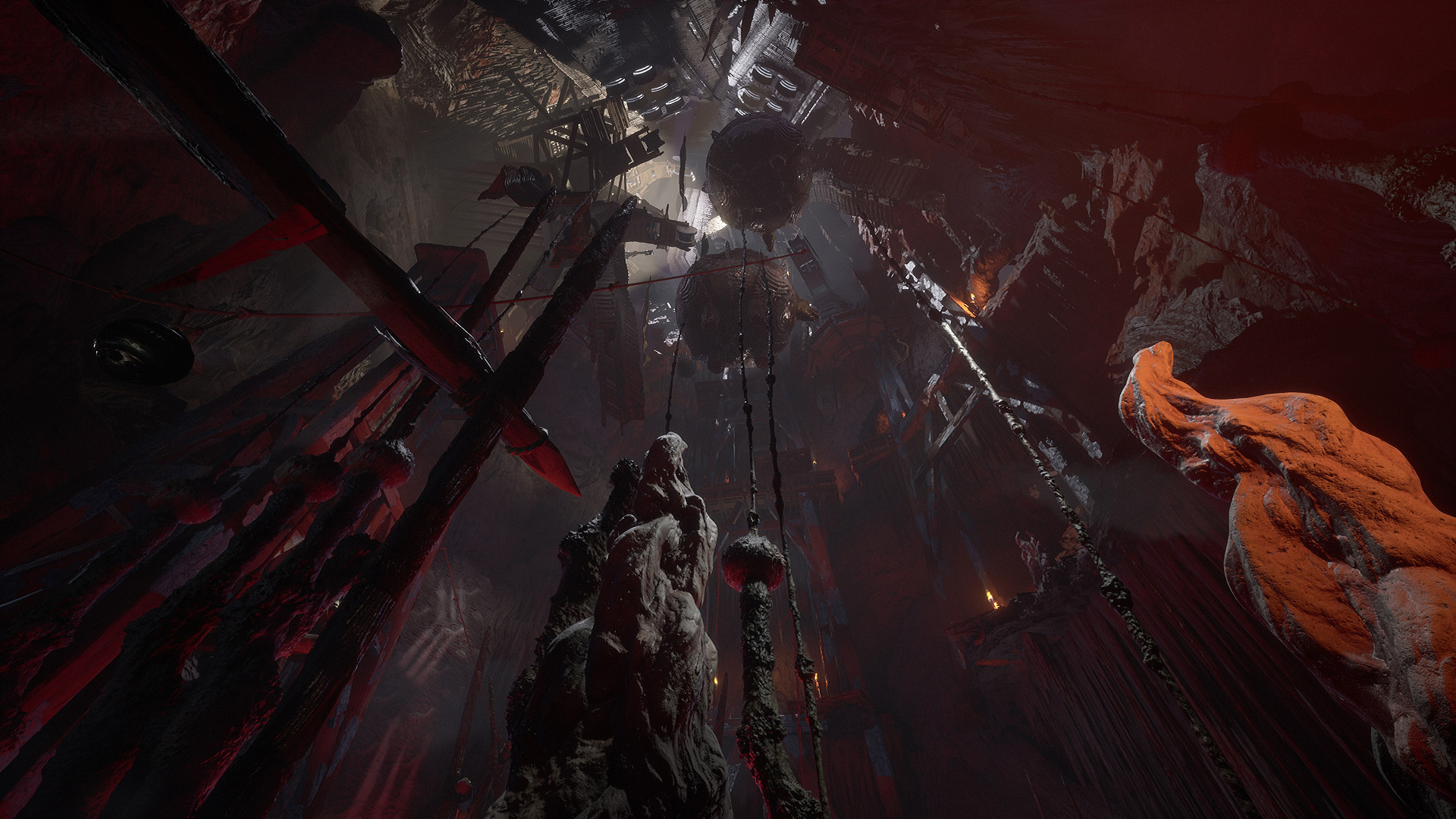The Lord of the Rings: Gollum’s delay of a few months is fortunate news for fans who are eagerly anticipating the choice-based stealth-platformer set in Middle-earth. Besides the obvious misfortune of having it release later now than its previously scheduled date of September 1, The Lord of the Rings: Gollum’s delay is actually a boon since it means its quality will be improved. If developer Daedalic Entertainment or publisher Nacon were disappointed with its condition, then it is appreciative that the decision was made not to launch it in an inadequate state.
In the meantime, fans only have a couple gameplay snippets to look back on since The Lord of the Rings: Gollum’s official announcement. The game has received brief cinematic trailers that continue to set the tone as brooding and suspenseful, but many important details about The Lord of the Rings: Gollum’s gameplay have been neglected. Its basic platforming and stealth have been described as its meat and potatoes—or taters—but its dialogue choices are where The Lord of the Rings: Gollum can truly stand out the most from other action-adventure games.
LOTR: Gollum’s Inner Conflict System Seems Needlessly Chaotic
The Lord of the Rings: Gollum’s most compelling feature seems to be its “inner conflict mini-game” by a landslide. The Lord of the Rings fans understand that Gollum, or Smeagol, is burdened by the One Ring and the overwhelming hold it has on him. Having previously been a common Hobbit, Smeagol became physiologically corrupted by the ring’s malignancy and eventually developed a second personality in Gollum. Throughout The Lord of the Rings, this dichotomy of dueling personalities examines Smeagol’s solemn innocence and trauma, and at the same time it also examines Gollum’s sinister deception and rage.
If this is to be portrayed similarly in The Lord of the Rings: Gollum, it could make for some exciting choices in gameplay and narrative depending on what the player chooses. Rather, the inner conflict system being described as a “mini-game” raises some initial concerns. The Lord of the Rings: Gollum tasks players with choosing between multiple lines of dialogue that also behave as choices for what to do in a particular sequence.
These choices are colored either green for Smeagol or red for Gollum, marking them clearly different from one another like Mass Effect’s binary Paragon and Renegade choices. This would be fine if it was its only mechanic, but a mini-game mechanic in it apparently has these dialogue options moving around the screen, which supposedly makes it more difficult for players to choose the dialogue option they want.
This is obviously intended to illustrate how Smeagol and Gollum’s thoughts clash, but having dialogue bouncing around for players to catch seems obtuse. Instead, dialogue options could have been unmarked as either a Smeagol or Gollum line and left ambiguous as to which half of his psyche players were succumbing to. Either way, it was previously noted that the dialogue system is subject to change, and perhaps the game’s most recent delay was in order to implement that change. How this inner conflict mechanic looked before may not be how it looks at launch, and hopefully The Lord of the Rings: Gollum can flesh it out and make it satisfying.
Choices in LOTR: Gollum Need to Be Substantial
If The Lord of the Rings: Gollum’s dialogue choices are supposed to be meaningful and comprehensive, with weight leaning toward either side of the Hobbit’s psyche, they will need to be fundamentally important to the game’s narrative. The Lord of the Rings: Gollum is an untold narrative, meaning it has at least some creative license with events that take place.
For example, the likes of The Lord of the Rings: Gollum’s Gandalf and Thranduil probably did not need to be included in order to make an early tale about Gollum interesting, but The Lord of the Rings: Gollum may sell more copies if established and iconic characters are slated to make an appearance. That said, having any sort of creative license does suggest that the choices players make can be intriguing.
It is unclear if The Lord of the Rings: Gollum is meant to conclude as an epilogue to The Hobbit or leading into The Lord of the Rings: The Fellowship of the Ring, but if it does not connect explicitly to either, it lends itself to an unexpected conclusion with branching endings that could be exciting. If there are multiple endings as its choice-based dialogue and inner conflict systems would suggest, The Lord of the Rings: Gollum could have endings that are fulfilling based on whether they listened more to the thoughts of Smeagol or Gollum. This may only boil down to a good or bad ending, and fans already know what happens to Gollum anyway. But connected to mainline lore or not, Daedalic’s Gollum needs to have substantial, branching choices if it wants its dialogue to feel significant.
LOTR: Gollum’s Gameplay May Be Elementary Outside of Dialogue Choices
Besides its narrative implications, the inner conflict feature will also likely be turned to when making decisions on how to approach even ordinary circumstances. For example, players may decide whether to platform around an enemy, drop an environmental trap on them, or silently dispose of them another way. If designed well, these moments will provide replayability, as there are hopefully multiple ways to approach different scenarios, and everyone’s experience with the game may be different depending on which actions they took through dialogue. The Lord of the Rings: Gollum’s inner conflict feature will be important regardless, because the game consists of simple platforming and stealth otherwise.
Not a lot of footage has been shown to enlighten fans about what moment-to-moment gameplay looks like. Instead, between dialogue options, it appears as if the player will be simply making their way through fantastical Middle-earth environments. Stealth in Daedalic’s Gollum is the result of the pitiable creature being cunning and agile, but not capable of winning a fight against an Elf or Orc foot soldier. Therefore, the inner conflict mini-game and dialogue options are evidently paramount in The Lord of the Rings: Gollum and are undoubtedly its backbone with regard to gameplay.
The Lord of the Rings: Gollum is in development for PC, PS4, PS5, Switch, Xbox One, and Xbox Series X.

